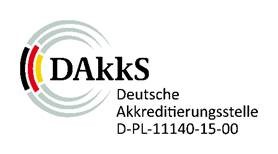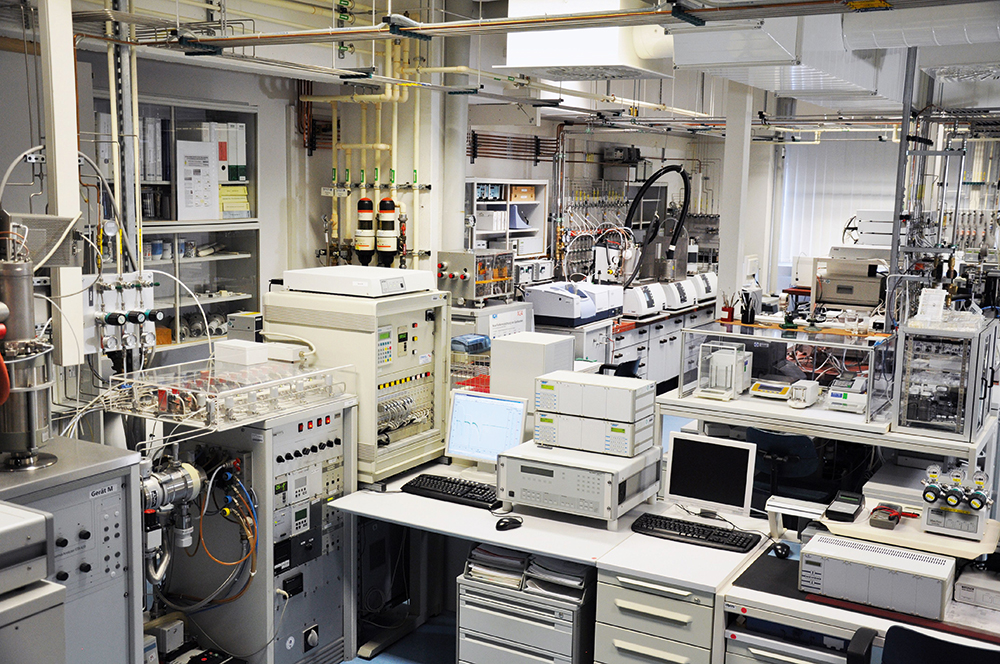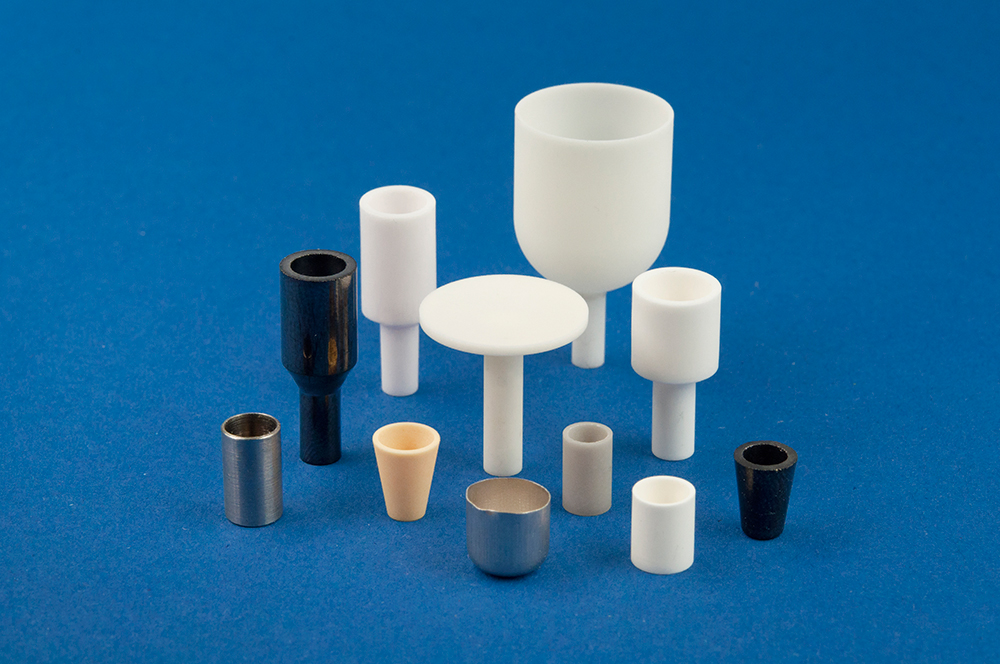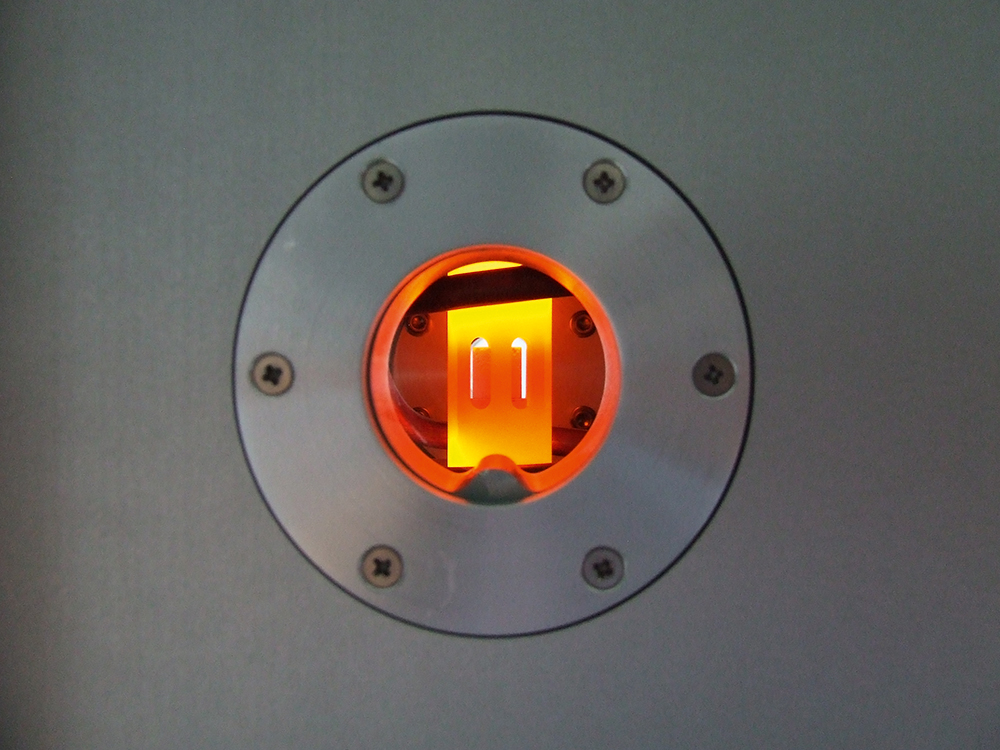
Thermal analysis and thermal physics


Thermal processes have a major impact on the properties of materials, semi-finished products, and components. Lengthy know-how and a comprehensive equipment basis help to provide insight into these complex interactions as a function of temperature, time, and gas atmosphere.



Fraunhofer IKTS is a partner with accredited methods for investigation, modeling, simulation, and optimization of thermal processes. A wide range of thermoanalytical and thermophysical methods and equipment can be used individually, in combination, or directly coupled to each other. Thermodynamic phase equilibrium calculations are employed for predicting phase formation and transformations as well as interactions between materials/components and the furnace atmosphere. With this information, the energy and cost efficiency of processes and the materials properties can be analyzed and optimized. The know-how applied towards these tasks extends far beyond ceramic and PM materials and processes. Problems concerning ceramics, hard materials (e.g., borides), hardmetals, cermets, and, to a lesser extent, polymers, glasses, metals, alloys, biomaterials, foams, and composites are treated.
Methods
- Thermogravimetry (TG; mass changes)
- Emission gas thermal analysis (EGA) with mass spectrometry
MS and FTIR spectrometry (gas analysis) - Thermomechanical analysis (TMA), thermodilatometry (TD), hot stage microscopy (HSM), optical thermodilatometry (length or shape changes, wetting behavior, thermal expansion coefficient)
- Differential scanning calorimetry (DSC), differential thermal analysis (DTA; caloric effects, heat capacity)
- Laser flash analysis (LFA; thermal diffusivity)
- Calculation of thermal conductivity from density, heat capacity, and thermal diffusivity
- Comparative methods for determination of thermal conductivity
- High-temperature X-ray diffractometry (HT-XRD; phase transformations)
- Thermoconductometry (electrical resistance measurements)
- Kinetic analysis, modeling, and simulation (master curve, kinetic field, Netzsch Thermokinetics)
- Thermodynamic calculations with FactSage
Services offered
- Complex characterization of thermal behavior of materials (from -140 °C to 2400 °C) in oxidizing, inert, or reducing gas atmospheres (toxic, corrosive, or explosive gases and gas mixtures also possible)
- Optimization of laboratory mock-ups of technical processes (determination of temperature ranges critical for product quality, avoidance of defects, etc.)
- Kinetic analysis, modeling, and simulation of property changes (also in situ on real component geometries), e.g., for elucidation of reactions and effects of process and material parameters and for derivation or calculation of optimum process control
- Derivation of strategies for optimum outgassing and sintering as well as for adjustment of local property gradients
- Determination of thermodynamic and thermophysical state parameters/properties (melting, solidification, and crystallization parameters, stabilities, enthalpies, heats of reaction, thermal capacities, thermal expansion coefficients, densities, thermal diffusivities, thermal and electrical conductivities and resistivities, wetting parameters, etc.)
- Supply of thermophysical data sets for finite element modeling and simulation calculations
- Determination of thermophysical properties for data sheets
- Development of data sets for thermodynamic material descriptions
- Thermodynamic phase equilibrium calculations and derivation of results pertaining to the manufacturing technology and materials optimization
- Thermodynamic analysis of the effects of interfacial reactions and corrosion under various loading conditions
Technical equipment
Accredited measuring stations
- Simultaneous thermal analyzers (STA 449F1, 429, 429C, 409), partially coupled (capillaries, apertures, or SKIMMER) with
- Mass spectrometers (QMS403C, QMG420, 421, 422)
- FTIR spectroscope (Tensor27)
- Macro thermobalance (MTG419/NGB)
- Thermomechanical analyzers (TMA402)
- Thermodilatometers (DIL402 and DILE7)
- Dynamic differential calorimeters (differential scanning calorimeter DSC 404, 404C, and DSC7)
- Laser flash analyzer (LFA427)
- Light flash analyzer (Nano-Flash) (LFA447)
- Thermal conductivity tester (TCT416)
- Automated laboratory gas supply system for mixing and doping of high-purity atmospheres on all units, pressure range from high vacuum to normal pressure and gas analysis with portable mass spectrometer
Non-accredited measuring stations
- Hot stage microscope and optical dilatometer (special feature: high-purity atmospheres)
- In situ resistance analyzer RIS
- In situ high-temperature X-ray diffractometer
Specific features
- Complex thermoanalysis/complex thermophysical analysis
- High-purity, corrosive and potentially explosive atmospheres
- Extreme temperatures ranging from -180 to 2400 °C
- Materials analyses (few mg/few mm3) up to component analyses (up to 500 g/250 cm3)
- Coupling of thermoanalytic experiments and thermodynamic modeling
- Kinetic analysis, modeling and simulation